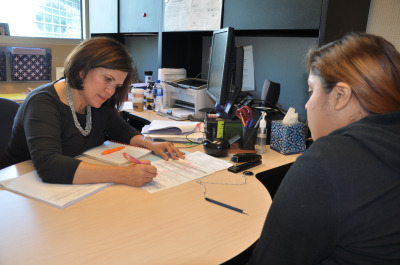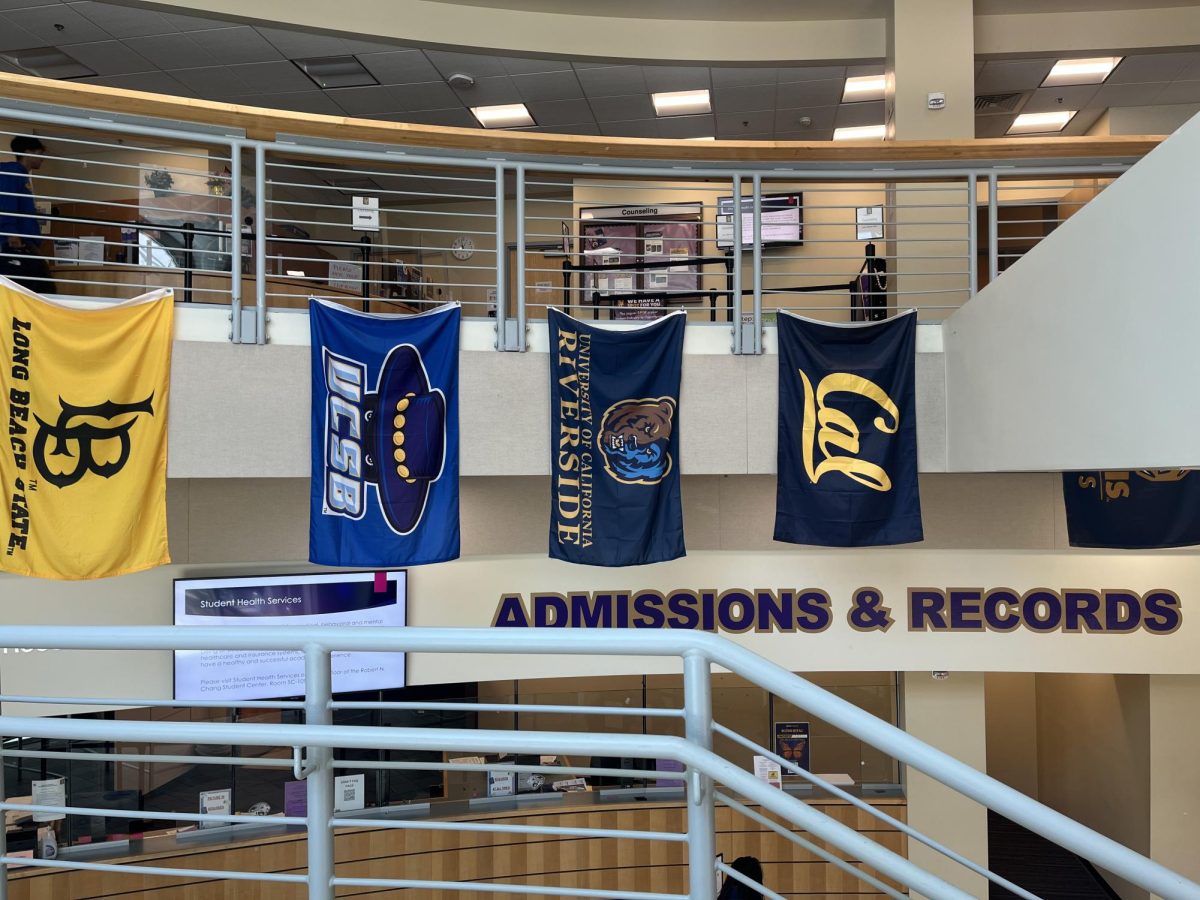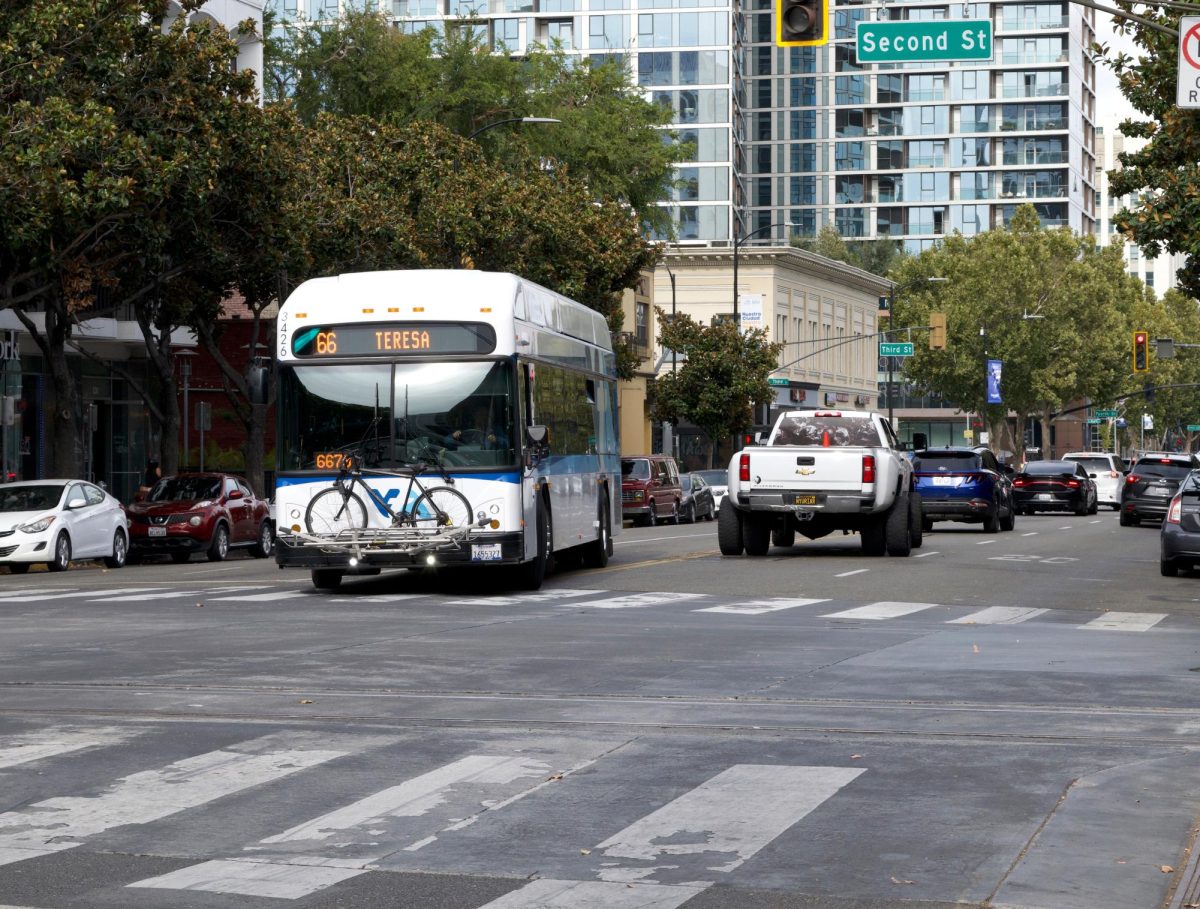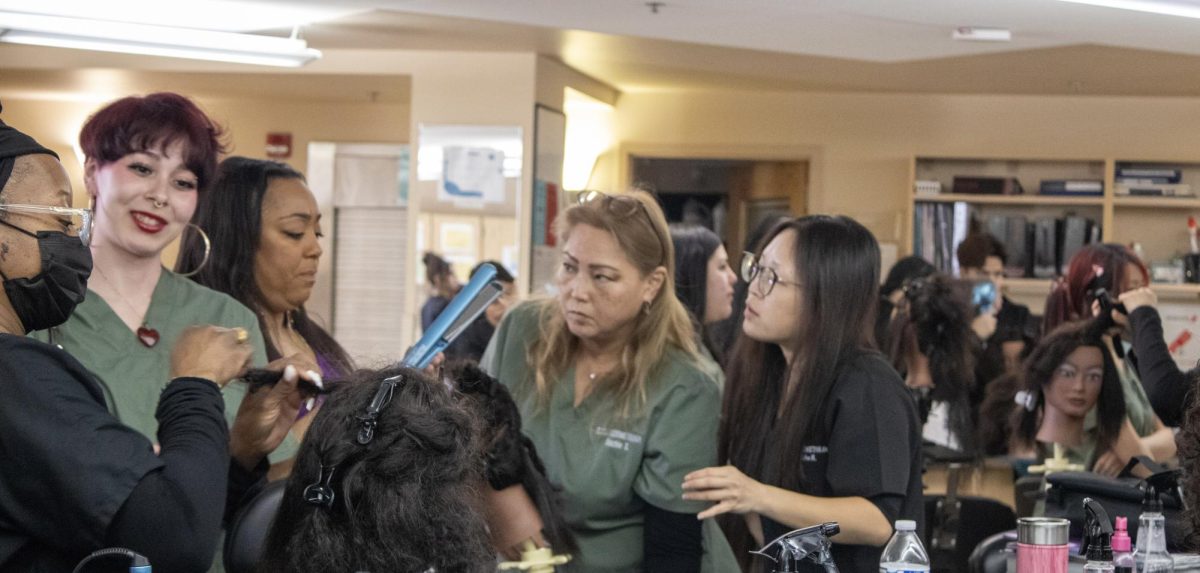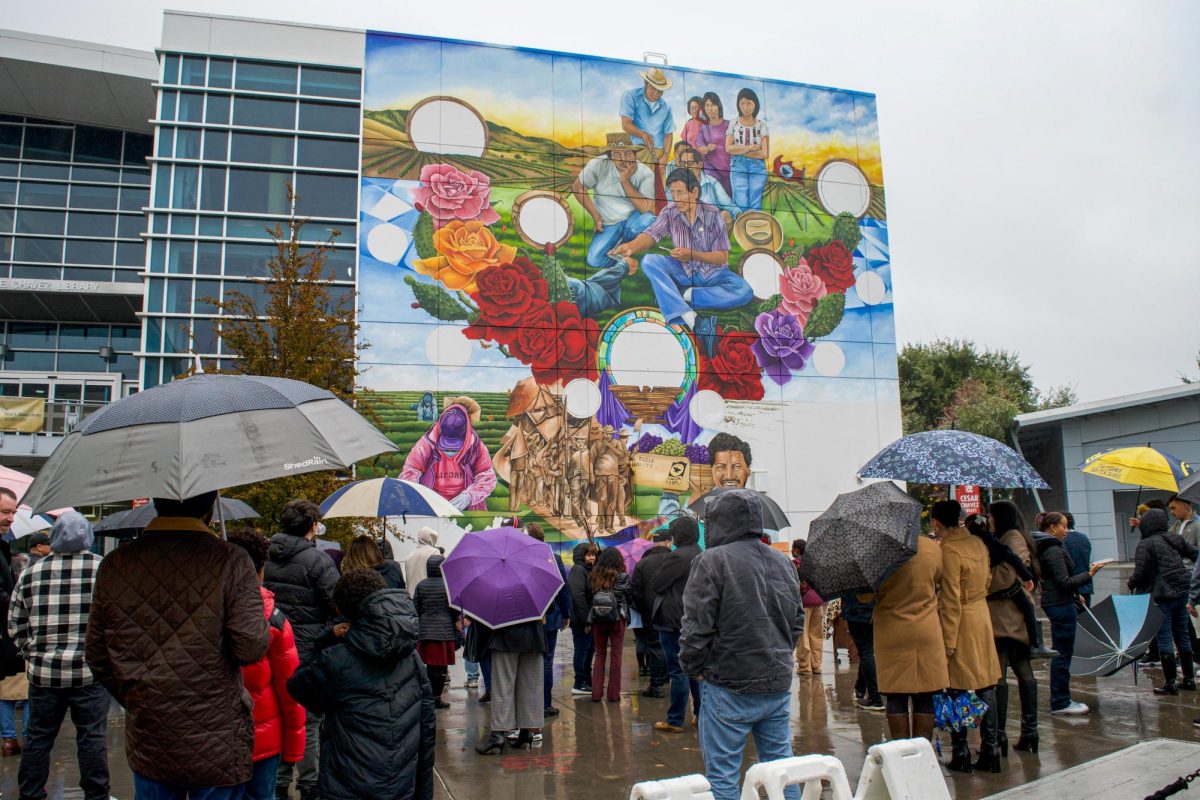Extra resources are available for students experiencing hardship
Are you struggling to afford the cost of books? You may be eligible for the state funded Extended Opportunity Program and Services that provide low-income educationally disadvantaged students with book vouchers, fee waivers, counseling services and more.
According to the EOP&S/CARE website, the goal of the program is to assist students in “achieving their academic and personal goals” by eliminating barriers and ensuring access to post-secondary education to all eligible students.
To achieve this, EOP&S offers eligible students access to a number of resources, like a textbook lending library, vouchers for textbooks at the student store, waved application fees for UC and CSU transfers, priority registration, and career, personal and academic counseling, according to the EOP&S Pamphlet available at the office.
EOP&S Adjunct Counselor Valentín García said this semester, the voucher offered to new EOP&S students is $200, the voucher for returning EOP&S students is $300 and voucher for eligible CARE students is $500.
The CARE provides additional assistance to EOP&S students who are single parents with a child under the age of 14 and are on one of several public assistance programs. This assistance may include gas cards, transportation vouchers, a food card for the cafeteria and financial support for childcare so these students can actually attend class.
Students sometimes endure problems at home that interfere with school. When possible, an EOP&S counselor might direct a student to resources so they can focus on school, García said
“If you’re hungry and you haven’t eaten, how’s your brain going to function?” García said, adding that a student worried about food and rent while preparing for a midterm faces distraction that can interfere with success.
EOP&S wants to help students succeed and goes to great lengths to help students achieve both their educational and life goals. What they ask in return is for students to attend three one-on-one appointments a semester, a mid-semester progress report and being a full-time student (DSPS students are exempt from this requirement).
While three is the minimum requirement for in-person meetings, García said he often sees his most successful students as much as six to 10 times a semester depending on their needs. Students come in for extra support or even just to share good news.
The financial qualifications for EOP&S are the same as the Board of Governor’s Fee Waiver, which is 150 percent of the U.S. Department of Health and Human Services Poverty Guidelines based on family size.
In the 2014-2015 school year, a single student’s income had to be less than or equal to $17,235, or $23,265 for a family of two, $29,295 for three, according to the BOG Waiver eligibility document EOP&S website.
What makes someone educationally disadvantaged? According to the EOP&S website, an educational disadvantage may be a student who had a low GPA in high school or did not graduate. For others a disadvantage may be as simple as testing into a remedial class, being of a household where English is not the primary language or even that a student’s parents never achieved a bachelor’s degree in the U.S.
“Whatever it is, whatever your journey is” García said. “we’re here to support that.”
EOP&S/CARE
Student Center, SC-201
http://www.sjcc.edu/current-students/support-programs/eop-s

